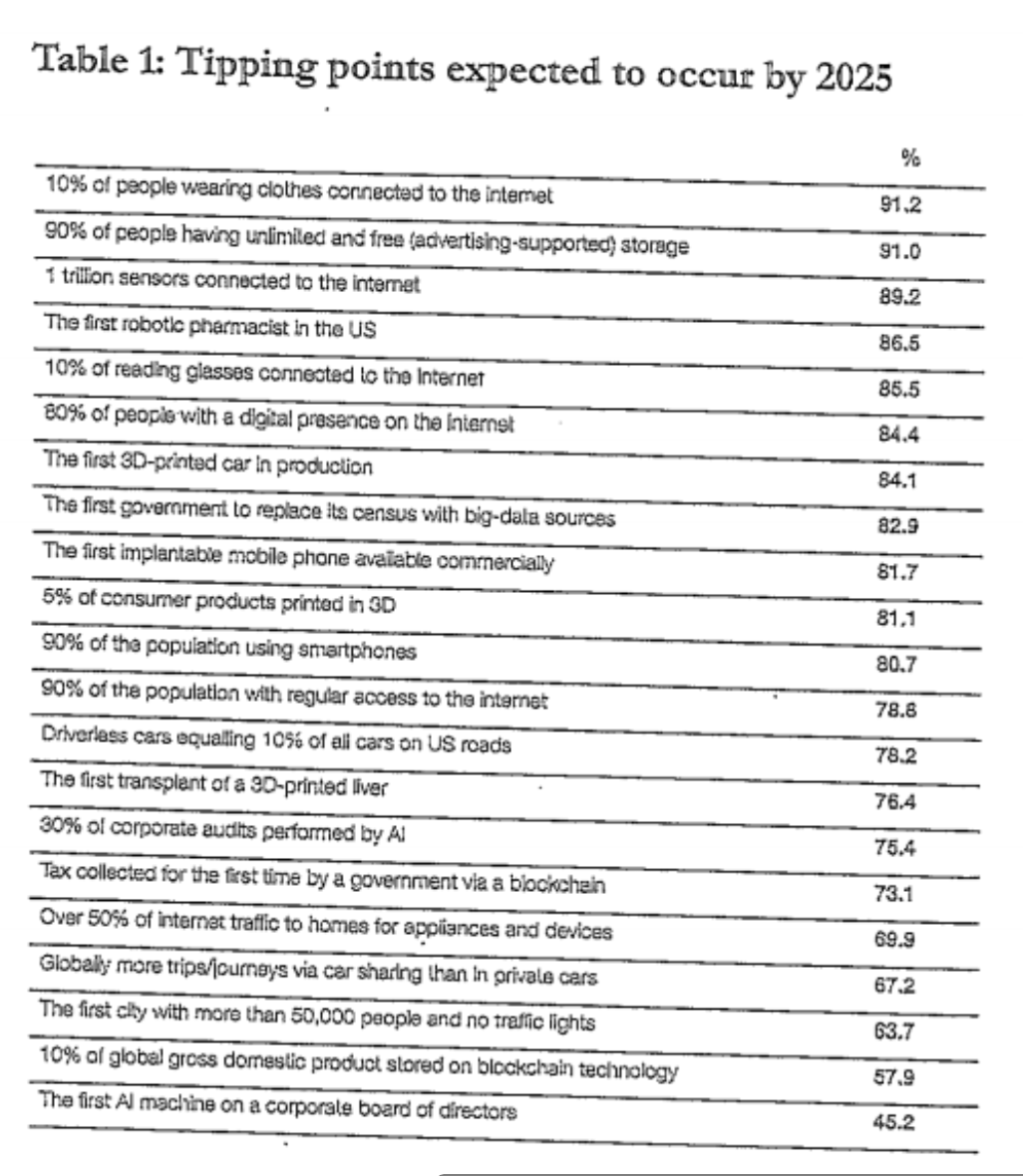We made it! the final reading, 4 years, 6 semesters and this was it, the last one. fittingly, the reading was about future thinking, as of course now that i’m finishing my degree, i will be thinking about my future.
i found Gardner’s 5 mind theory quite fascinating. the five minds were:
the disciplined mind: mastering a way of thinking or a trade, profession, discipline
the synthesising mind: to be able to pull together multiple ideas, beliefs, opinions and join them together in way to make sense of them all combined
the creating mind: self explanatory really, creating new ideas, systems, discoveries
the respectful mind: understands others and how they live and may act differently to oneself
the ethical mind: looks at how you act and place yourself within society and the impact your actions may have on the wider world.
now obviously you can’t just be one of these minds, it’s more likely that as a functioning member of society you’re going to have two or three, maybe even all five. i found this quite important when thinking about how i will soon be entering the work force.
in relation to one of the previous readings about the craftsman, the disciplined mind reminded me of the phrase “be so good they can’t ignore you”. to succeed in any kind of professional field, you need to have mastered your chosen discipline, to be so good that you will just keep getting jobs (or stay in the one you are in). but obviously that is not enough to succeed. you can’t just be good, you need to be more. a combination of creative and synthesising, as an entrant to the workforce, you must be able to not just take into account different styles of thinking or working but to then combine them to make your own unique method, to stand out, to get them to hire you.
and of course the last two minds are important as they influence they way you act with others and interact with the world, without understanding how others work or how your own contribution can affect society, you will never be able to further yourself in life because you will only ever see yourself and this will prevent others from seeing you.
